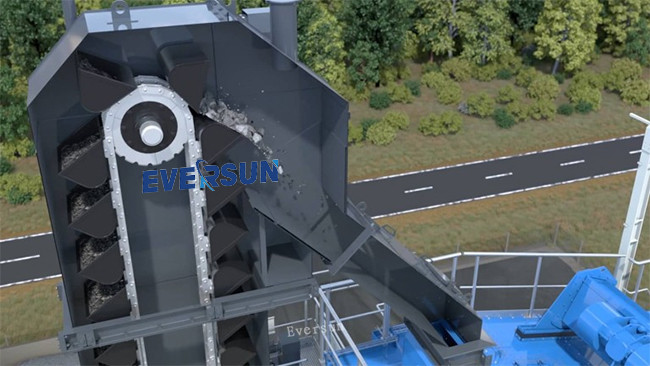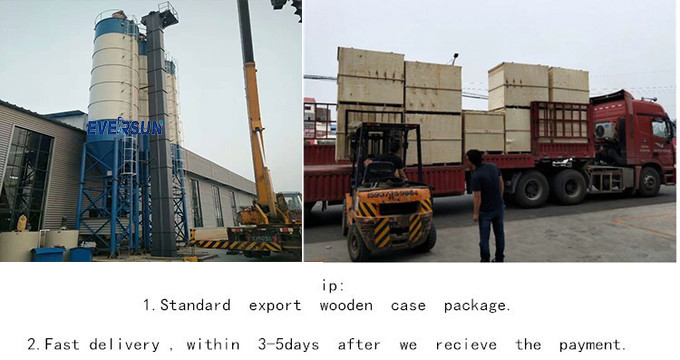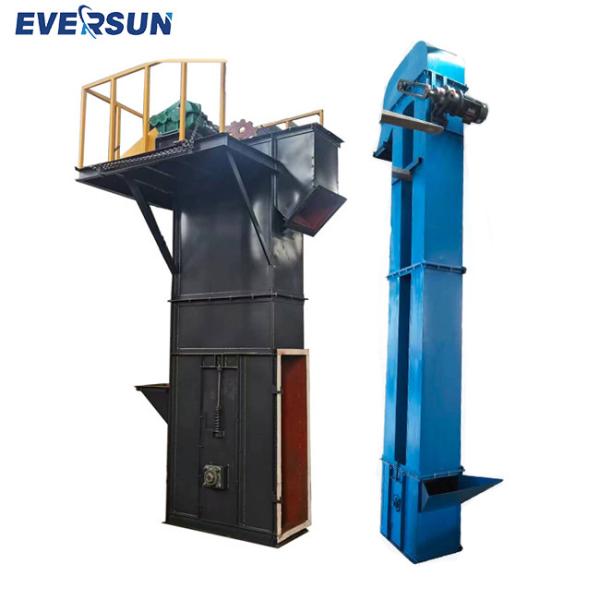Product Description:
Chain Bucket Elevator Product Overview
Bucket elevator is a commonly used material conveying equipment,
used to lift materials from low to high or from horizontal to
inclined position. It consists of one or more bucket-type conveyor
chains and a series of suspension devices equipped with bucket
cups. The material is lifted to the required height through the
bucket cup, and then unloaded to the target location by gravity or
other conveying methods.
Bucket elevators are suitable for various industries and
application scenarios, such as grain processing, ore processing,
cement industry, chemical industry, building materials, powder
materials, etc. It can handle various types of materials, including
granular, lumpy and powdery materials.
With its customizable design, sturdy construction, and efficient
performance, the Chain Bucket Elevator is the perfect solution for
vertical material handling needs. Contact us today to learn more
about our bucket elevator and how it can benefit your business.
Technical Parameters:
| Model | Conveying capacity | Bucket speed | Spindle speed | Material particle size |
| m3/h | m/s | round/min | mm |
| NE15 | 15 | 0.5 | 15.54 | <40 |
| NE30 | 32 | 16.45 | <50 |
| NE50 | 60 | 16.45 | <50 |
| NE100 | 110 | 14.13 | <70 |
| NE150 | 170 | 14.13 | <70 |
| NE200 | 210 | 10.9 | <100 |
| NE300 | 320 | 10.9 | <100 |
| NE400 | 380 | 8.3 | <120 |
| NE500 | 470 | 7.1 | <120 |
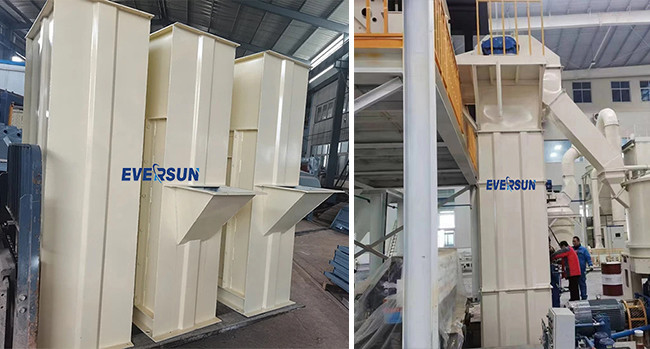
Features:
1. Efficient transportation: Bucket elevators can efficiently lift
materials from low to high places, achieving fast and reliable
material transportation.
2. Large-capacity processing: The bucket elevator can handle a
large amount of materials and is suitable for conveying and lifting
large quantities of materials.
3. Flexible layout: Bucket elevators can be flexibly laid out
according to the needs of the factory or process flow, adapting to
different space constraints and working environments.
4. Reliable and stable: The bucket elevator adopts a solid
structure and a reliable transmission system, which can operate
stably for a long time and reduce failures and downtime.
5. Automated control: The bucket elevator can be equipped with an
automated control system to monitor and adjust the conveying speed,
material flow and operating status.
6. Energy saving: The design of the bucket elevator can save energy
to the greatest extent and reduce energy consumption and operating
costs.
Working principle:
Its working principle is as follows: when the bucket elevator
starts, the transmission device driven by the electric motor or
other power source starts to operate. The transmission device
drives the chain to rotate along the transmission wheel or sprocket
on the elevator casing. A series of bucket-shaped containers are
connected to the chain.
During the working process, the feed port of the bucket elevator is
opened, and the material enters the bottom of the elevator from the
feed port. With the movement of the chain, the bucket-shaped
container rises vertically along the elevator casing. When the
bucket-shaped container reaches the top or target position, the
material is affected by centrifugal force and is thrown out of the
bucket-shaped container and enters the discharge port.
Once the material is released, the bucket-shaped container
continues to descend, passing through the return section, ready for
the next cycle. In the return section, the bucket-shaped container
passes through the sprocket or transmission wheel at the bottom,
and the direction of the chain changes, causing the bucket-shaped
container to flip over and prepare to receive new materials.
Applications:
Chain Bucket Elevator
Bucket elevators are widely used in various industries and fields
to lift materials from low to high or from horizontal to inclined
positions. It is suitable for various application scenarios such as
grain processing, ore processing, cement industry, chemical
industry, building materials, powder materials, etc. It plays an
important role in material conveying and lifting, improves
production efficiency, saves labor costs, and adapts to the needs
of different industries and applications.
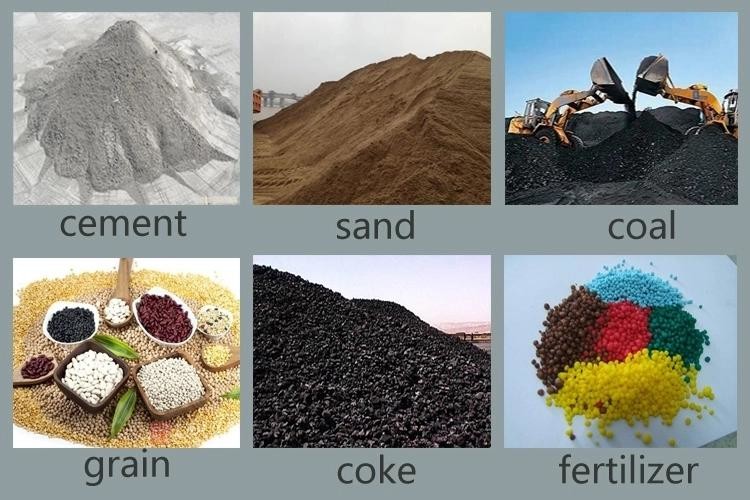
Packing and Shipping:
1. Disassembly and packaging: Bucket elevators often need to be
disassembled and packed before shipping. This includes separating
individual components, protecting and packaging them to prevent
damage.
2. Marking and Identification: Each packaged component should be
marked and identified to ensure accurate identification and
assembly during shipping and assembly.
3. Transportation method selection: Choose the appropriate
transportation method, such as land transportation, sea
transportation, or air transportation, based on the size, weight,
and destination of the bucket elevator.
4. Transportation safety: Make sure the bucket elevator is properly
protected and secured during transportation to prevent damage. Use
appropriate packing materials, supports and fixtures to maintain
stability.
FAQ:
1. What are the advantages of bucket elevators?
The advantages of bucket elevators include efficient vertical
conveying capacity, suitability for a variety of materials, small
footprint, simple maintenance, and can be customized to suit
different needs.
2. What is the safety performance of bucket elevators?
Bucket elevators are usually equipped with safety protection
devices, such as chain break protection, anti-clogging devices,
emergency stop buttons, etc., to ensure the safe operation of the
equipment.
3. What are the maintenance requirements for bucket elevators?
The maintenance of bucket elevators mainly includes regular
inspection and lubrication of the chain, cleaning of impurities in
the bucket container, checking the working condition of the
transmission device and safety devices, etc.
4. How to choose the size and capacity of bucket elevator?
When selecting the size and capacity of a bucket elevator, factors
such as the characteristics of the material, the required conveying
volume, and the vertical lifting height should be considered, and
the appropriate model should be selected based on actual needs.

